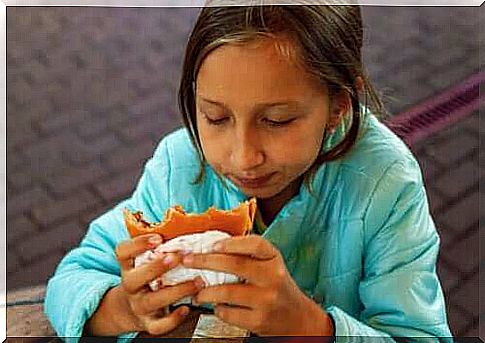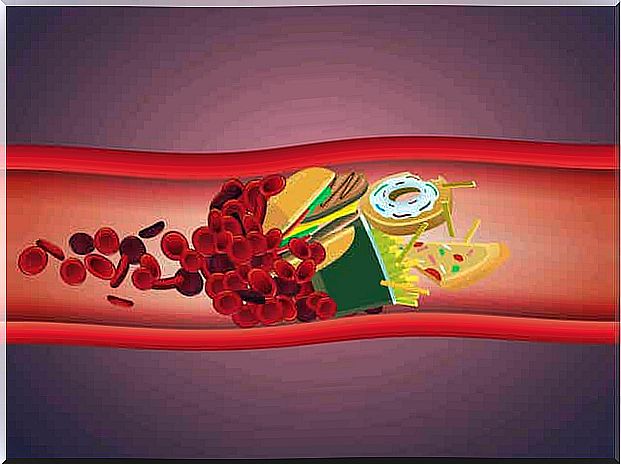High Cholesterol In Children: Causes And Treatment

For a long time, high cholesterol was considered a serious health problem in both children and adults. However, we now know that in most cases this is not a cause for concern. If the individual maintains certain lifestyle habits and a healthy weight situation, there would be no lasting damage.
We also know that the role of diet in regulating cholesterol is limited. It is true that there are foods that can cause cholesterol levels to vary. However, the impact will not be exaggerated. However, if the individual combines an adequate diet with physical activity, then he or she will achieve better results.

Causes of High Cholesterol
As mentioned, high cholesterol does not always mean problems. An increase in these particles can be caused by genetic causes, by certain dietary components or by being overweight. However, it is important to distinguish which type of lipoproteins are the most elevated.
In the case of an increase in HDL, you don’t have to worry too much. If the increase is due to LDL, then we need to be more careful. The most common studies suggest that any cardiovascular risk could arise from an increase in oxidized VLDL particles. These can be found in the LDL pool.
For this reason, rather than aiming to lower cholesterol as such, we must ensure that inflammatory and oxidation processes are modulated to prevent the formation of atheromatous plaques.
How to Affect High Cholesterol in Children?
Clearly, no matter how worrisome it may or may not be to have cholesterol above normal levels, there is a range of dietary guidelines that can improve lipid profile. As we said, the impact of these guidelines is not really significant unless we combine them with regular exercise.
The first thing to be aware of is that consuming saturated fat or cholesterol found in food does not increase plasma lipoprotein levels. However, a regular intake of omega-3 fatty acids raises HDL and lowers total cholesterol. A study in Clinical Cardiology provides evidence for this effect.
To ensure adequate intake of these lipids, it is essential to include fatty fish, unprocessed oils and nuts in your regular diet. However, do not expose these foods to aggressive cooking processes. Otherwise, the fats will be converted into trans fats, which has a negative effect on the lipid profile and cardiovascular risk.
Foods to Avoid to Lower High Cholesterol in Children
In addition to promoting the absorption of omega-3 fatty acids, there are certain products that you should avoid to lower high cholesterol in children. As mentioned above, trans fats are harmful in this regard. We mainly find them in ultra-processed industrial products, fried foods and battered foods.
When cooking food, it is always preferable to use less aggressive methods such as grilling, baking, steaming or boiling in water. Also, avoid grilling with charcoal, as it produces compounds that are toxic to the body.

At the same time, you should stay away from the consumption of simple sugars as much as possible. These elements are able to increase the energy value of the diet and have an influence on metabolic health by promoting obesity.
Obesity can negatively affect plasma cholesterol, one of the major factors in changes in lipid profile.
High cholesterol in children is not always a problem
Before worrying about high cholesterol in children, consider the child’s body composition, diet, and lifestyle. If we are talking about a child who is slim and physically active and who regularly eats fish and vegetables, you have nothing to worry about.
However, if we are talking about someone with high exposure to ultra-processed foods, who is also sedentary and does not eat vegetables, then the risk increases in the medium term. However, in most cases the solution is not medication, but a change of habits.









